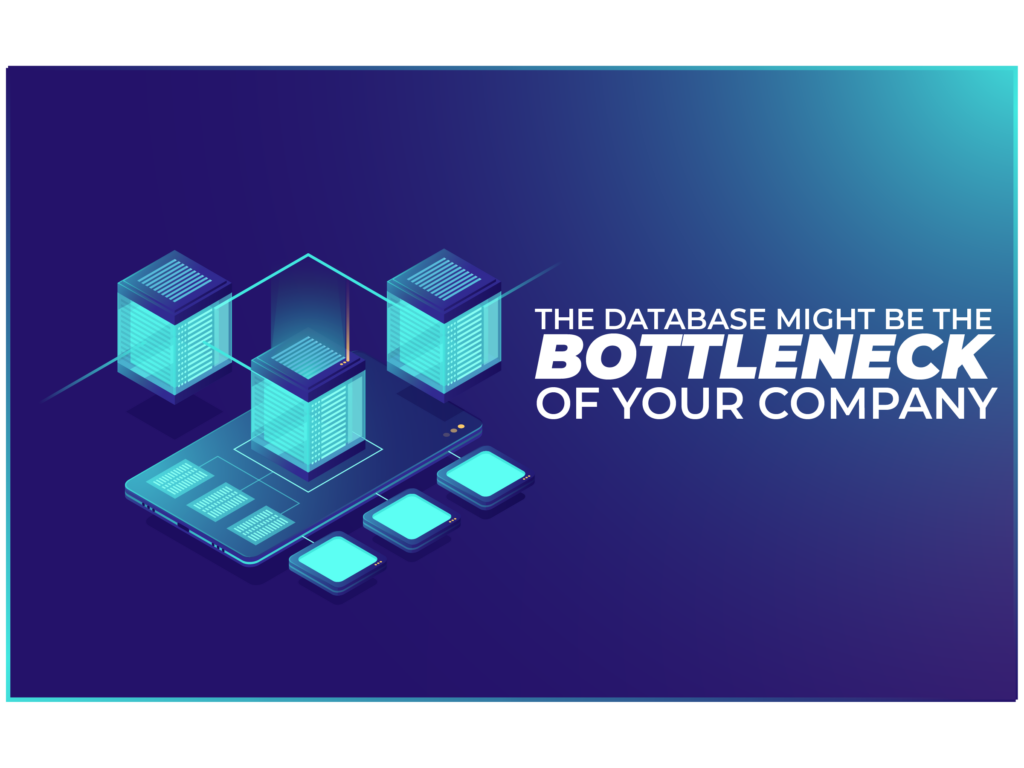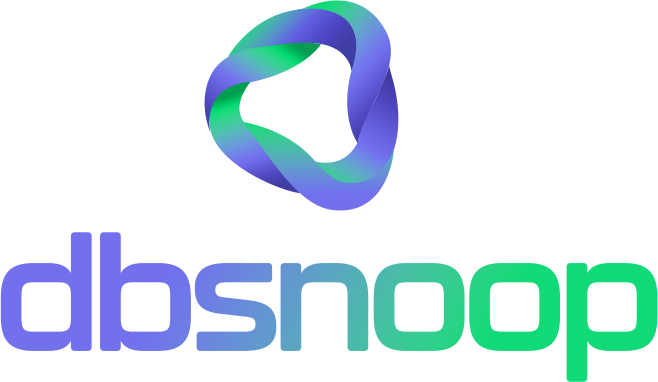

Systems that once ran smoothly begin to slow down. New features have unpredictable impacts. Deployments feel increasingly risky. While teams invest in more servers, scalability, and cloud resources, a silent culprit quietly becomes the weakest link in the chain: the database.
When the application scales but the database can’t keep up, the impact isn’t just technical — it’s business-critical. Unhappy users, timeouts on key functionalities, delayed decisions due to a lack of real-time data. What should be the backbone of your operation turns into a hidden bottleneck.
In this article, we’ll show you how to tell if your database has already become a bottleneck, why this happens even to experienced teams, and how to reverse the trend using AI and guided actions.
Signs Your Database Has Become a Bottleneck
It’s not always obvious when the database is the root of the problem. Often, the symptoms appear in other parts of the architecture. Watch for these signs:
- Inconsistent or high API response times during peak hours
- Increased number of timeouts and connection errors
- Delayed or stuck data processing
- Queries that used to be fast now take much longer
- Unexplained spikes in CPU usage
- High cost of vertical scaling with no real performance gain
If these symptoms persist, your database may have stopped being a strategic asset and become an operational bottleneck.
Why This Happens Even in Modern Environments
It’s easy to assume that this only affects companies with outdated infrastructure. But that’s not true. Even cloud-native environments with solid DevOps practices can suffer from database bottlenecks.
Here’s why:
- Rapid database growth without reviewing indexes and queries
- Lack of visibility into production database behavior
- Reactive monitoring focused only on critical alerts
- Decoupled architectures that neglect database performance
In short: scaling infrastructure isn’t enough. You must treat the database as a living system that requires continuous management.

The Mistake of Relying Solely on Scalability
The default response to performance issues is often “scale the server.” More CPU, more memory, more IOPS. But this is expensive — and often ineffective.
Many teams discover too late that the issue wasn’t lack of resources but rather:
- Poorly designed indexes
- Undetected N+1 queries
- Locks and deadlocks during peak times
- Zombie connections eating up resources
- No visibility into the most impactful queries
It’s like trying to fix a leaky pipe by increasing water pressure. The system only gets worse.
How to Solve It the Smart Way
1. Use AI to Detect Hidden Problems
Modern tools like dbsnOOp use AI to detect bottlenecks before they cause damage. The platform analyzes behavior, trends, and anomalies to suggest specific actions — such as rewriting queries, optimizing indexes, or limiting zombie connections.
You no longer have to guess what’s wrong. dbsnOOp identifies the issue and provides ready-to-run commands.
2. Get Ready-to-Use Fixes
One of dbsnOOp’s key features is pairing detection with resolution. When an anomaly is found, the AI suggests SQL commands you can copy and paste — saving time and reducing the chance of human error.
This approach accelerates troubleshooting and ensures corrective actions are taken before the bottleneck becomes a crisis.
3. Stop Just Monitoring — Take Action
Instead of just showing what’s wrong, dbsnOOp delivers actionable insights. The era of passive monitoring is over. Now, it’s about intelligence that turns data into quick, effective decisions.
This reduces dependence on manual analysis and empowers the whole technical team.

How dbsnOOp Intelligently Eliminates Bottlenecks
dbsnOOp has evolved. It’s no longer just an observability tool — it’s an AI-powered platform focused on real performance.
It offers:
- Automated suggestions to optimize queries and indexes
- Ready-to-run SQL commands and shell scripts
- Predictive analysis based on production behavior
- CI/CD pipeline integration to detect risks before deployment
With this, you drastically reduce the time from identifying an issue to applying a fix.
The Future Is Smart, Not Manual
If your database has become your company’s bottleneck, the answer isn’t more dashboards or more hardware. It’s more intelligence, more automation, and more action.
The new generation of platforms like dbsnOOp delivers just that: contextual diagnostics, precise recommendations, and ready-to-execute fixes. The result? Less wasted time, fewer user complaints, and more focus on what truly matters.
Want to see it in action? Book a meeting with our team or watch a free demo right now.
Schedule a demo here.
Learn more about dbsnOOp!
Learn about database monitoring with advanced tools here.
Visit our YouTube channel to learn about the platform and watch tutorials.


